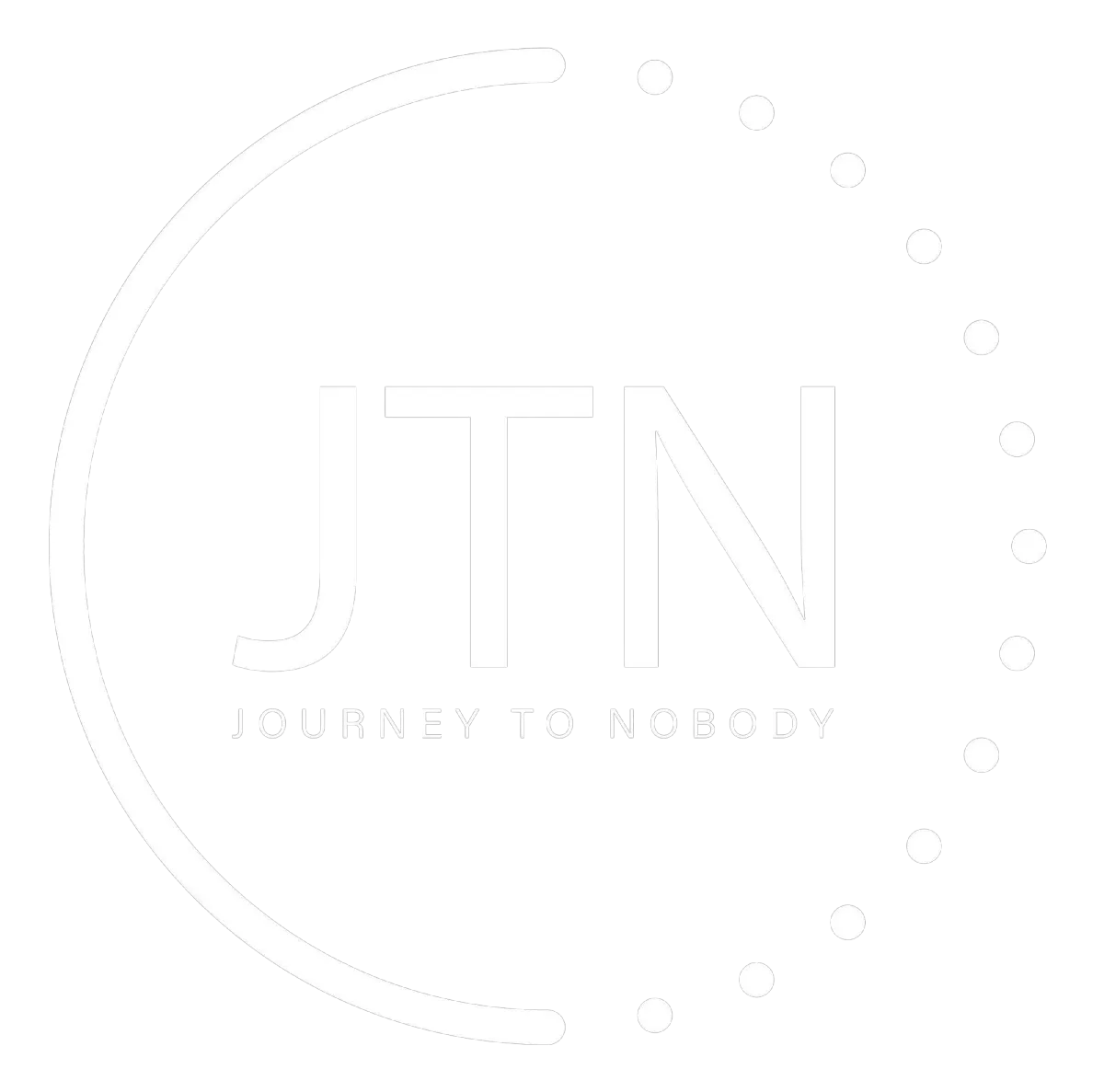
Part II of the Self-Love Trilogy – Returning the Wholeness
Letting Go Into Love: The Teachings of
Michael A. Singer
Part 2 of the Self-Love Trilogy – Returning to Wholeness
Recap: The Journey Begins With Inquiry
In Part 1, we began this trilogy with Byron Katie’s radical invitation to question our thoughts. Her method, The Work, unravels the suffering born of unquestioned beliefs. Rather than fixing ourselves, Katie guides us inward, helping us meet painful thoughts with loving clarity. Self-love, in her view, isn’t earned—it’s revealed when we stop believing the mind’s harshest narratives.
Now, we shift our focus from mental clarity to energetic freedom, stepping into the world of Michael A. Singer. Where Katie helps us question the mind, Singer invites us to witness it—to realize that we are not the voice in our heads, but the quiet presence aware of it all.
This is the second path home: letting go of resistance and allowing life—and love—to flow.
Who Are You, Really?
Singer poses a foundational, destabilizing truth:
“You are not the voice of the mind—you are the one who hears it.”
That voice in your head—the one that replays old wounds, projects fear into the future, narrates your every move—is not you. This simple realization is the beginning of inner freedom.
When we mistakenly identify with this inner chatter, we become trapped in its stories. But when we step back and observe, a quiet space emerges. That space is your true self—not the doer, not the thinker, not the fixer, but the witness.
In the context of the Journey to Nobody, this is a profound alignment. It is a shift from ego-driven striving (“I must become someone”) to presence-based being (“I already am”). Singer echoes what the Journey teaches: You are not your story. You are what remains when the story dissolves.
The Practice of Letting Go
Most of us live in a state of energetic contraction. We resist discomfort, control our environment, and strive for certainty. This resistance reinforces the illusion that life is a threat to be managed—an endless to-do list of proving we are enough.
But Singer teaches:
“The moment you stop struggling, you float.”
Letting go is not giving up. It’s choosing to trust life. It’s the willingness to feel what arises without shutting down or grasping for control.
Here’s what that might look like in real life:
You feel hurt by a comment—but instead of mentally defending yourself, you breathe and let the feeling pass through.
You fear rejection—but instead of playing it safe, you stay open and speak your truth anyway.
You feel unworthy—but instead of fixing it, you simply notice the thought and let it go.
Letting go is love.
Not a fluffy emotion, but a deep act of self-trust. A sacred decision to no longer betray your own openness in the face of pain.
The Open Heart: Your Natural State
If Byron Katie’s work is about clarity, Singer’s is about flow. And at the center of that flow is your heart.
Most people spend their lives shutting down:
After heartbreak
After failure
After betrayal
Each closure feels protective. But it costs us our aliveness. Every time you close your heart, you block the very love you’re trying to preserve.
Singer writes:
“Do not let anything that happens in life be important enough that you’re willing to close your heart over it.”
That sentence alone can be a lifelong practice.
To love yourself is to stay open to life, even when it’s hard. Especially when it’s hard. This is not naive—it’s courageous. It’s the willingness to feel everything so that nothing gets stuck.
In JTN, we often say: The only way out is through.
Singer’s work lives here. In the tender, trembling place between holding on and letting go. The invitation isn’t to control life. It’s to let life touch you—and trust that love is strong enough to hold it all.
Applying Singer’s Teachings Daily
Like the Journey to Nobody, Singer’s work is not just philosophical—it’s embodied. Here's a simple practice drawn from his teachings that you can apply each day:
🌅 Morning: Become the Witness
Sit quietly for 5–10 minutes.
As thoughts arise, do not follow them.
Just notice: “There’s the voice again.”
Breathe and rest in the space behind the thoughts.
🌤️ During the Day: Let Go in Real Time
When triggered, pause.
Breathe into the sensation.
Say to yourself: “This is just energy passing through.”
Choose not to close. Don’t push it away. Don’t cling to it.
Let it move.
🌙 Evening: Open-Heart Reflection
Ask: Where today did I close my heart?
Can I breathe into that moment now and release it?
What am I still holding on to that I could allow to pass?
Why This Matters in the Journey to Nobody
In JTN, the path is not about becoming somebody. It’s about remembering who you are without the masks, the stories, the need for validation.
Michael A. Singer offers a clear map:
You don’t need to silence the mind—just stop identifying with it.
You don’t need to fix your feelings—just stop resisting them.
You don’t need to close your heart—let life flow through it.
Self-love, in this context, is the decision to remain present with your experience, no matter how raw. It’s not a strategy—it’s a return.
Bridging to the Final Chapter: Brené Brown and the Heart of Worthiness
If Byron Katie invites us to question what is false, and Michael A. Singer teaches us to let go into truth, then Brené Brown walks us into the realm of belonging and emotional courage.
In the final part of this trilogy, we’ll explore how Brown’s research on shame, vulnerability, and worthiness deepens our understanding of self-love—not just as presence or awareness, but as the daily practice of showing up authentically.
Until Then: Let Go Again
Letting go is not a one-time event. It’s a muscle we build, a moment-by-moment invitation back to the self we abandoned long ago. When you stop resisting, you start receiving. When you stop closing, love returns—not because you found it, but because you stopped pushing it away.
You don’t need to become someone else to be loved.
You only need to stop pretending you’re not already love.
Stay open. The journey continues.

